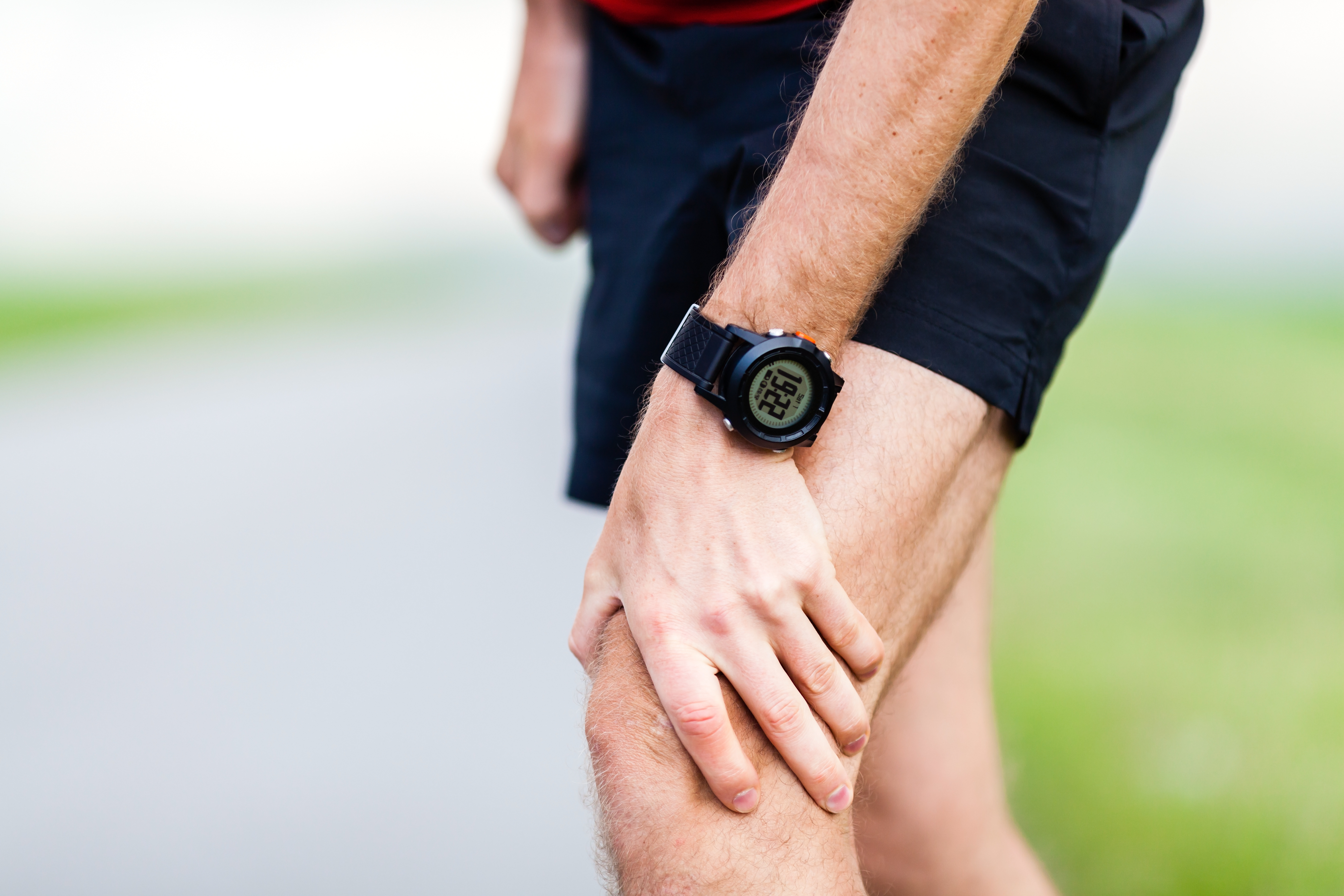
Osteoarthritis is the most common cause of chronic joint pain. Osteoarthritis affects over 25 million people in the United States and can occur in any joint, but the most commonly affected areas are the joints of the fingers, base of the thumbs, hips, knees, neck, big toes and lower back. The ankles and elbows may also be affected. Individuals with osteoarthritis often suffer from joint pain and reduced range of motion affecting daily tasks such as climbing stairs, walking, lifting or grasping objects and getting up from a seated position.
What are the Common Osteoarthritis Risk Factors?
Osteoarthritis typically will develop slowly and worsen over time, especially if left untreated. Common risk factors associated with osteoarthritis may include the following:
- Being older
- Gender
- Obesity
- A joint injury
- Improperly formed joints
- Overuse of joint
- Genetics
- Stresses on the joints from certain jobs and playing sports
- Muscle weakness, especially in the thigh muscles
What are the Warning Signs of Osteoarthritis?
Osteoarthritis symptoms usually develop gradually. Osteoarthritis can target any joint but occurs most often in the knees, hips, hands and spine. Warning signs of osteoarthritis include:
- Stiffness in a joint after sitting for a long time or getting out of bed
- Swelling or tenderness in one or more joints
- A feeling or the sound of bone rubbing on the bone or a crunching sound
- Pain that is worse after activity or at the end of the day
Osteoarthritis Treatment: Physical Therapy
Although there’s no cure for osteoarthritis, treatment can help decrease pain and maintain joint mobility. The goal of physical therapy is to help the patient with osteoarthritis return to the point where they are able to perform normal, everyday activities without pain or difficulty. Your physical therapist can do this by:
- Increasing the range of motion of a joint. This will help you to maintain the ability to perform daily activities
- Building the strength in the involved muscles surrounding the joint to better stabilized any weakened joints
- Providing exercises designed to preserve strength and use of your joints
- Teaching you how to use walking aids such as crutches, a cane or walker if necessary
If you have osteoarthritis, take a proactive role in your health and set an appointment with DHT Physical Therapy to discuss the various treatment plans available specifically to you.
